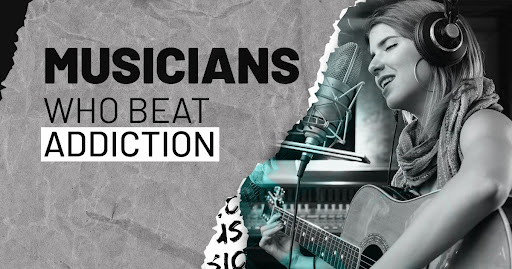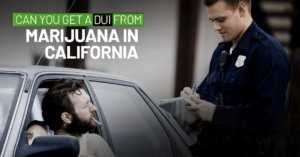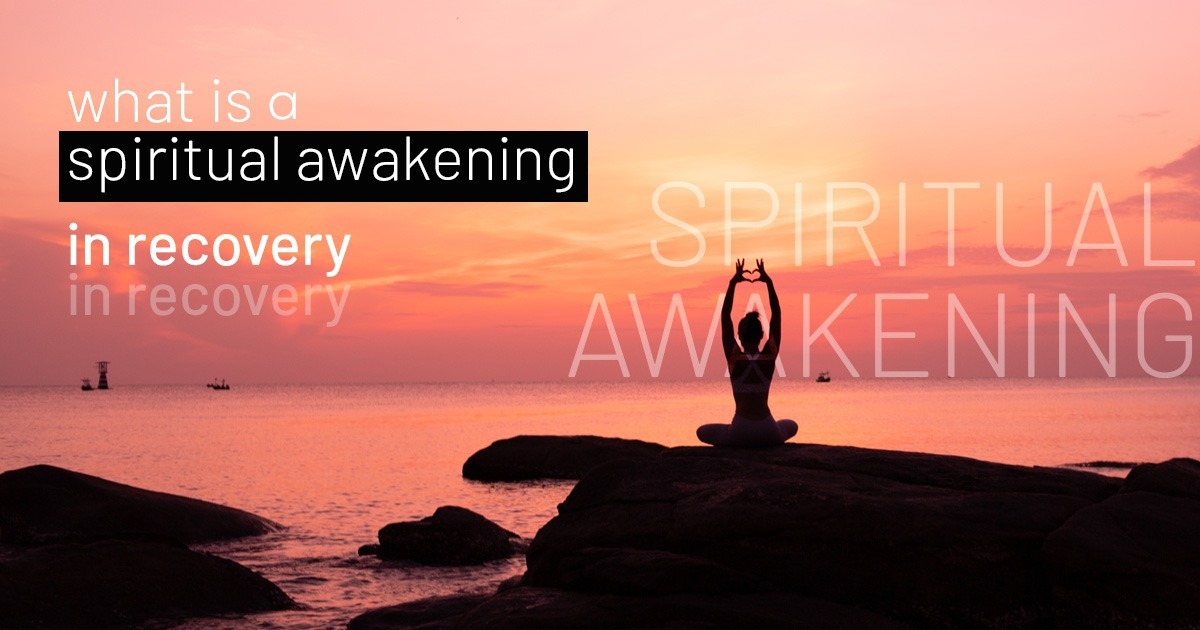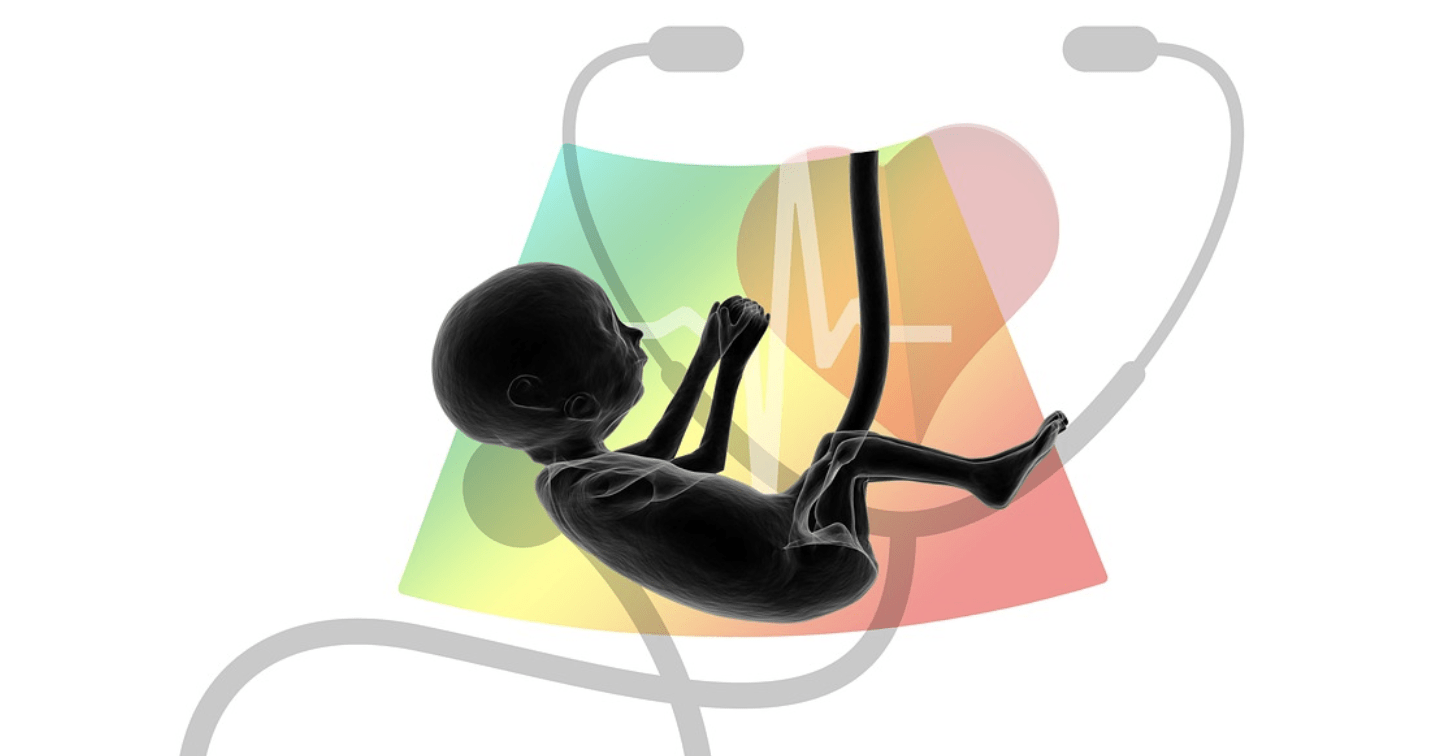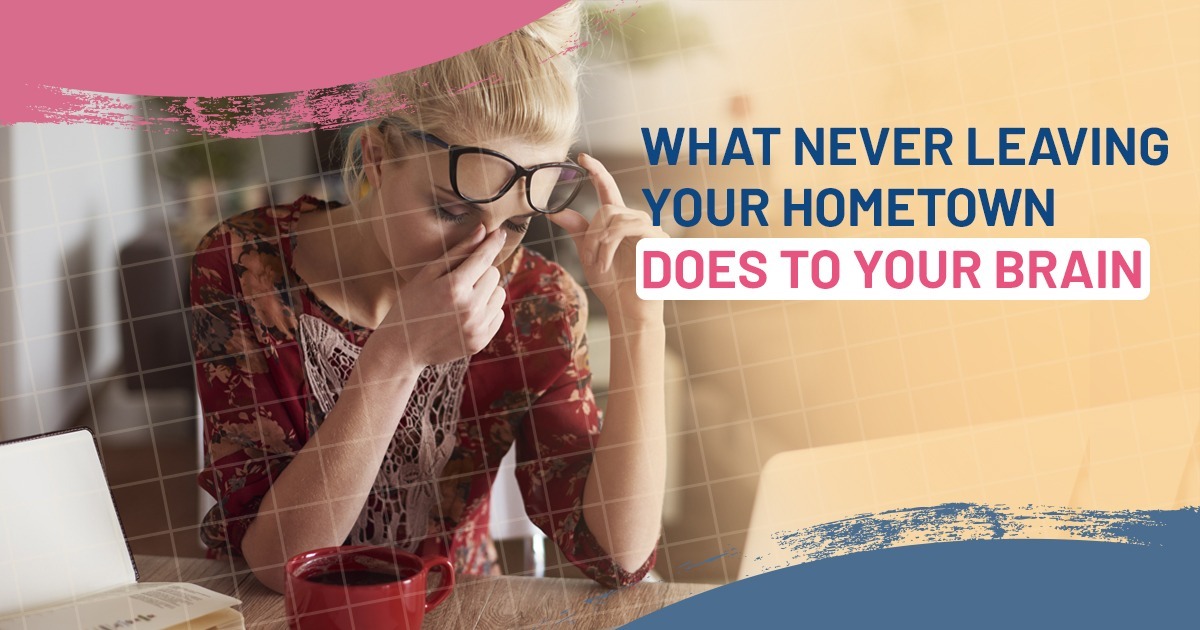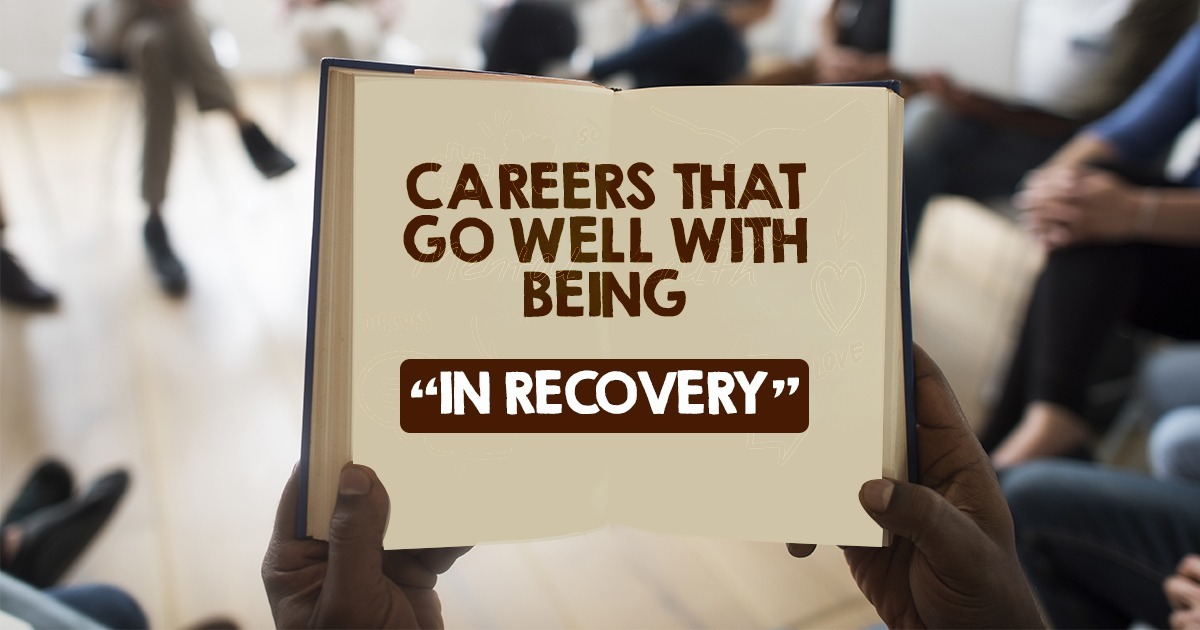
The entertainment industry and especially music are associated with drugs, alcohol, and partying. While this might be the common association most of us have, several musicians beat addiction successfully in the industry.
Focusing on their challenges and ultimate success in beating addiction to drugs or alcohol can help others who might be currently struggling.
Sometimes, it’s hard to see that there could ever be an out when you’re in an active addiction. Success stories serve as a motivation and reminder that there’s always a light at the end of the tunnel, although it might be challenging to get there.
Once you find that motivation, you might begin a treatment program, participate in 12-Step programs like Alcoholics Anonymous or get mental health treatment from a counselor.
Below, we talk about musicians who beat addiction with the hope it can provide you with some motivation, perhaps when you need it most.
Lady Gaga
Lady Gaga is one of the most influential musicians, pop stars, and overall icons of our time. She has also spoken openly about her struggles with drugs.
For example, in one interview, she talked about the pain of a hip injury that left her in a wheelchair.
Saying she was self-medicating the physical pain and anxiety, Lady Gaga was emotionally numbing herself entirely.
In an interview, the singer said she was very depressed and in a lot of pain all the time, but she wasn’t sure why.
The singer says that she felt her addictions to different drugs have grown worse over time, as she dealt with the pressures of fame.
At the same time, Lady Gaga says she was working on getting herself into a space where she doesn’t have to use drugs to be creative.
She wants to know that she can be talented and successful without being under the influence of anything.
Lana Del Rey
The talented singer Lana Del Rey has struggled since her teens with substance use.
In 2011, Del Rey became widely known for the hit Video Games. Then she debuted her first full-length album in 2012.
The same year, Del Rey spoke out in an interview with British GQ, saying she hadn’t had alcohol in nine years. Del Rey said even though she was very young, she found that she was drinking daily and typically while alone.
Most of the songs on her first album she says she wrote while she was alone with alcohol. She describes it as the first love of her life.
Del Rey says her parents sent her to a strict boarding school when she was 15 to try and help her end her drinking habit.
Now the celebrity singer is sober and embraces her life in recovery.
Demi Lovato
Demi Lovato allowed viewers to see inside their experience with addiction, overdose, and recovery in a documentary for YouTube.
Entitled Dancing with the Devil, Lovato’s friends, family members, and the doctors who helped them after their overdose spoke about every raw, ugly detail of what happened and their ongoing substance abuse issues.
Since 2010, Lovato struggled with substance abuse, frequently going in and out of rehab programs and relapsing along the way.
The pop star celebrated six years of sobriety in March 2018. Tragically in July 2018, she suffered an overdose that made headlines around the world.
Lovato spoke about their relapse in the documentary series, saying they picked up a red wine bottle and then called someone who had drugs just half an hour later.
At that point, Lovato used new drugs that they hadn’t tried before, including methamphetamine. Lovato explains in the documentary they also used marijuana, Molly, Cocaine, and OxyContin.
During the period of relapse, Lovato did crack cocaine and heroin, becoming physically dependent on heroin.
The night of the overdose, Lovato told friends they were going to bed but went to call their dealer. Lovato used what they thought to be heroin, which now they know was likely fentanyl.
The overdose led to three strokes and a heart attack, resulting in brain and vision damage.
Since the overdose, Lovato says they’re working on their mental and physical recovery. In the documentary series, Lovato talks about the time spent during quarantine, working through past traumas as part of their recovery.
Fergie
Fergie is a massive pop star, having headed up the Black-Eyed Peas. She now has a successful solo career, but it hasn’t been an easy road for her. Fergie dealt with severe addiction issues, including meth.
Fergie says there was a period in her life where she was hallucinating daily. She says it took a year after stopping meth for the chemicals in her brain to stabilize, so she was no longer hallucinating. Fergie spoke to Time magazine, saying meth was the hardest boyfriend she ever had to break up with.
Some of her addiction problems Fergie believed resulted from difficulties she faced growing up as a child actor.
Now a Grammy-winning recording artist, Fergie has a son and has been in recovery from crystal meth for many years.
Stevie Nicks
Stevie Nicks is known as one of the most enchanting singers and performers of our time, but drugs almost destroyed her. The lead singer of Fleetwood Mac, Nicks has been inducted into the Rock and Roll Hall of Fame twice.
She began using recreational drugs at the height of her career, but it quickly spiraled into something a lot more troubling. Her addiction went from casual cocaine use to an extreme addiction and dependence.
Nicks said that she became so dependent on cocaine because she dealt with significant stage fright, and the drug would give her the boost she felt she needed to perform. Nicks was also facing a rigorous touring schedule and felt lonely on the road.
Ultimately, Nicks says she completely lost all control of her behavior for a while. Snorting cocaine burned a hole in the side of her nose.
The band took a break in 1982, but Nicks continued her drug use and hard living. Nicks toured on her own and also saw the breakdown of meaningful relationships during that time.
Fleetwood Mac went to the studio to create their album Tango in the Night, and Nicks continually blacked out. A doctor told her she was nearing a brain hemorrhage.
In 1986, Nicks checked herself into a Betty Ford Clinic, but unfortunately, she developed a Valium addiction.
Ultimately Nicks was able to get sober altogether, but she still speaks out about what her addiction did to her life and how it still affects her to this day.

Final Thoughts
Of course, not every story about celebrity drug addiction or alcohol addiction ends positively. These stories can also end in tragedy, as was the case of Amy Winehouse and many others.
If you are dealing with drug abuse or a problem with any addictive substance, getting help sooner rather than later is the best thing you can do for yourself and the people who love you.
If you’d like to learn how to overcome addiction in your own life or help someone you love in beating addiction, please contact Anchored Tides Recovery at 866-600-7709 today. We work with women from all walks of life who have one shared goal—recovery.

